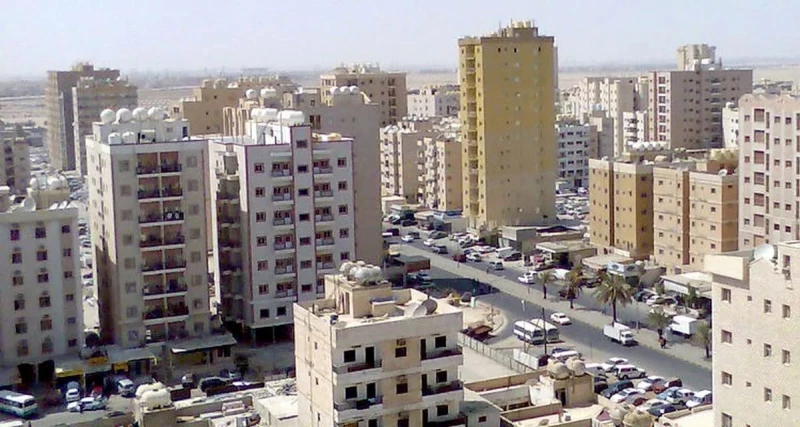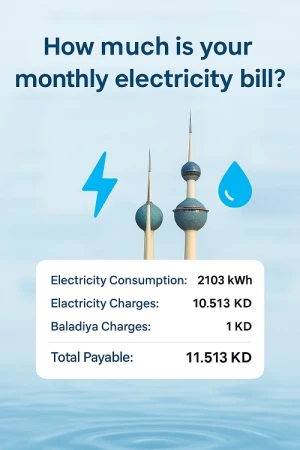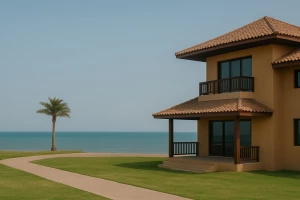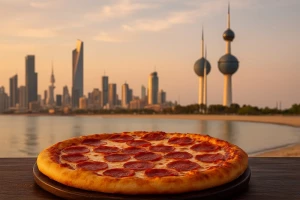Latest News
- Expats Alert: PACI Just Changed The Rules For Updating Your Addr...
- Best Pizza In Kuwait: Top Brands And What To Order
- Best Budget-Friendly Chalets & Villas In Kuwait For Weekend Geta...
- Why Electricity Bills Are Rising In Kuwait & Smart Ways Expats C...
- App Store Optimization: Why It’s Becoming A Core Part Of SEO Str...
- Best Shower Filters In Kuwait For Hair Fall And Skin Protection
- Exness Sets A New Standard Of Consistency In The Trading Industr...
- Instant Withdrawals In Trading – A Game Changer For Traders In K...
- Best Abaya Shop In Kuwait: Editorial Review Of Abay.com
- IPhone 17 In Kuwait: Prices, Colors, Specs & Where To Buy
- Best Drinking Water Filter For Home In Kuwait
- Avoid Common Qatar E-visa Application Mistakes. Learn The Top 5...
New Urban Facade Design Guide Proposed To Combat Visual Pollution In Kuwait
In a strategic move to combat growing visual pollution and disjointed architectural aesthetics, Municipal Council member Fahad Al-Abduljader has proposed the implementation of a comprehensive “Design Guide for Urban Facades”. The guide aims to regulate and enhance the appearance of buildings in Kuwait’s investment and commercial zones.
Addressing Visual Pollution in Urban Neighborhoods
Al-Abduljader raised concerns about the visible deterioration of urban environments, pointing to mismatched colors, inconsistent materials, and poorly maintained building facades as major contributors. These factors, he emphasized, are eroding Kuwait’s visual identity and diminishing the livability of key areas.
Neighborhoods like Jleeb Al-Shuyoukh, Khaitan, Hawalli, and Kuwait City have been highlighted for immediate attention due to their high urban density and visible facade degradation.
Learning from Regional Success Stories
Drawing inspiration from successful urban facade regulations in Oman, Riyadh, and Sharjah, Al-Abduljader explained how consistent and cohesive architectural guidelines can significantly uplift urban appeal and quality of life.
Preserving Creativity Within Design Boundaries
Contrary to concerns about restrictive regulations, Al-Abduljader clarified that the proposed guide would not stifle architectural creativity. Instead, it would provide a regulatory framework for facade design elements—colors, materials, and visual features—ensuring harmony and coherence while maintaining design freedom for property owners and architects.
Core Components of the Urban Facade Design Guide
1. Establishing a Unified Design Code
The guide would introduce standardized palettes and materials for buildings in commercial, investment, and high-visibility areas. This code aims to instill architectural cohesion and aesthetic order.
2. Publishing an Illustrated Guidebook
An illustrated manual showcasing approved facade models would be distributed to engineering offices and real estate developers, offering visual references for compliance and design inspiration.
3. Implementing Mandatory Facade Maintenance
The proposal mandates facade inspections every 15 years, with a grace period provided for repairs if deterioration or non-compliance is detected. This ensures long-term upkeep and urban consistency.
Priority Implementation Zones
- Jleeb Al-Shuyoukh: Notable for dense population and extreme facade disarray.
- Khaitan: Features numerous aging investment buildings with chaotic exteriors.
- Hawalli: Needs stricter regulation for commercial storefronts and signage.
- Kuwait City: As the capital, it requires meticulous facade planning to reflect national pride.
Strategic Objectives of the Proposal
- Enhance Kuwait’s visual identity and urban cohesion.
- Combat and reduce urban visual pollution.
- Boost aesthetic and real estate market value.
- Present a modern, organized cityscape to residents, tourists, and investors.
This proposal aligns with Kuwait’s broader urban development plans, ensuring that modernization goes hand-in-hand with visual harmony and architectural sustainability. By addressing facade regulation now, Kuwait positions itself for a more appealing and structured urban future.





